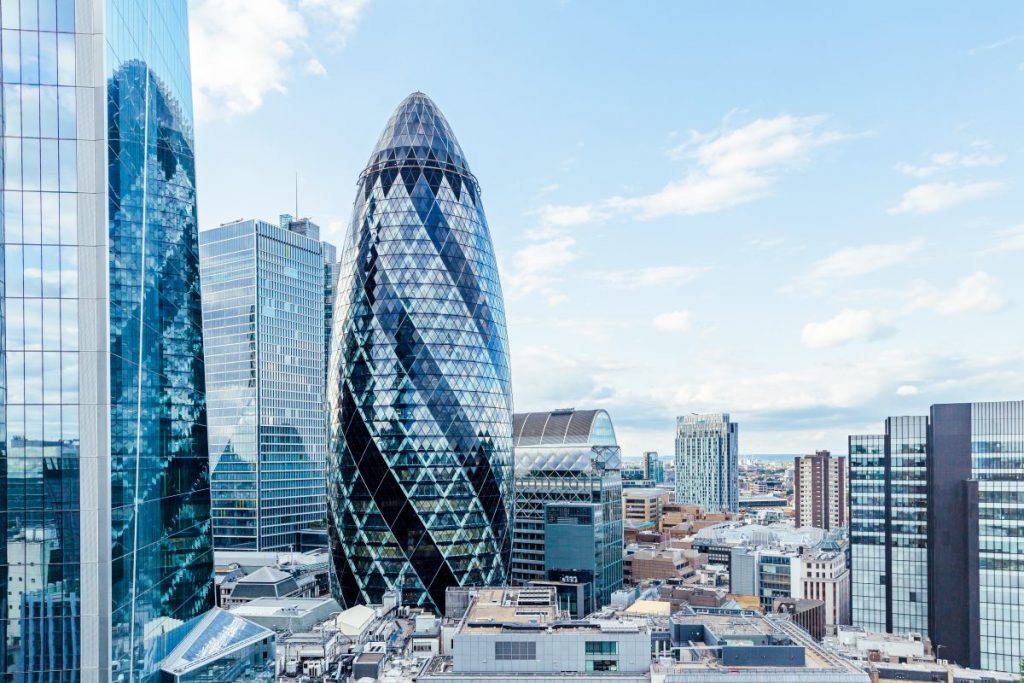Thought Leadership | 16 April 2020
To understand crises, you need to think of them like the Academy Awards: they are hardly ever about what’s happening this year, but rather what is owed from the past. Leonardo DiCaprio was owed one for “Shutter Island”, instead he got it a few years later for a movie where he mostly growled…
A crisis is a catalyst for past issues that have been building up to emerge.
In the 60’s President Lyndon Johnson broke the US economy to pay for Vietnam and his “Great Society” project at the same time. The fast-paced post WWII economic growth essentially stopped then. America, the world’s consumer, was bankrupt, so it broke from the gold standard to allow itself leeway to print money and pay off its debts. But growth remained sluggish for a decade for the US and the rest of the western hemisphere that revolved around it. To rekindle it, we started borrowing from the future. The 80’s and 90’s were mainly about that. But within the space of these two decades debt ballooned, so central banks had to floor interest rates in the early 2000s to make sure companies and private individuals didn’t pay too much for it. Real growth continued to fall, also as a result of the rise of China. While the west enjoyed low inflation, which allowed us to maintain the low interest rate policy-because debt was our new growth, it also let China monopolise manufacturing, real organic growth. And with that, the innovation retained for manufacturing leaders of the world. Meanwhile, in the west, low interest rates and lack of organic growth spurred another debt bonanza, to make sure living standards were maintained, until finally we broke capitalism in 2007-2008. To survive the implications of a broken system, we transferred part of the private debt onto the public balance sheet, and then gave central banks the nod to open the money floodgates. Since 2008 the world has been growing almost by as much as it has been printing money.
Governments had run out of money, and faced a trilemma between (1) fixing healthcare (and all the other stuff) by borrowing more at the further expense of future generations and risk becoming the next Greece and/or face inflationary pressures without much of a leeway to raise interest rates, (2) save money to fix problems at a later date (which is now called “austerity” and invoking it makes people unelectable) when the economy had balanced, or (3) just stay tight, keep the system going, kick the can further down the road –hopefully towards one’s political successor- and let central banks take care of growth.
Options 2 and 3 didn’t help governments who appeared to support the current system become more popular (“systemic “ is now another bad word), thus populist pressures built up, from aspiring politicians who promised be “anti-systemic” , end austerity and in some cases stop migrants from “stealing growth”. Meanwhile, central banks – who are really not allowed many choices in allocating assets – printed trillions and put them into the bond market. A lot of money eventually also found its way into the stock market.
And this is the crux of today’s little history lesson: For the past decade, we have taken the “wealth creation” portfolio from a mix of state and the private economy, given it squarely to central banks, and capital was not allocated efficiently enough to meet our needs. Scared of debt (and rightly so, it’s already too much), governments kept a fiscal leash, which also meant significant underinvestment in sectors traditionally at the government’s remit: potholes, education…. and healthcare. The latter especially has been seeing a surge in demand, due to ageing demographics.
So the system was not working. It was not producing enough growth to keep us happy, and what it was producing it was not allocating properly.
At the same time, company CEO’s (who are not nearly as dumb or corrupt as popular lore portrays them), knew that instead of organic growth we were experiencing “paper growth”, and preferred to keep their companies from organically investing (hiring people, expanding, paying capable employees more), opting to grow by buying competitors (which usually involves even more debt), or just return the extra profits to shareholders.
During this Coronavirus crisis, where healthcare capacity and innovation was needed to face a global threat, it has become painfully obvious that all these years, capitalism has been growing by borrowing from future generations, and has been misallocating the proceeds of that borrowing. The cost of all these policies, is now an unprecedented shut down of the global economy altogether, exactly because that chink in the armour (healthcare) that we have been overlooking all these years, was just large enough for a virus to go through…
So the question is, what now? Option (2) austerity, is one for better times. The experience of Greece, much like the US in the 30’s suggest that it can be devastating at a time of economic slowdown. So we are left with a mix of options (3) monetary policy and (1) fiscal policy.
All the “fiscal expansion” we have been talking about will involve huge deficits that the central banks will again have to pay for. Instead of their traditional role as lenders of the last resort, central banks continue to be the primary wealth creators, taking the job away from the actual economy. Which means that we will probably continue to misallocate assets, especially now that governments will have a say in all sectors, not just banks.
So while we expect a different economy to emerge from this crisis, we don’t see signs as to how it will be more efficient than the previous paradigm. For years, appetite for growth in the west has far exceeded ability towards that growth, and some form of debt was used to make up for the shortfall. Debt, in the form of fiscal and monetary expansion, is what we will use to get out of this predicament as well.
What we also expect is for central banks to buy bonds and equities and continue to push prices higher. And that is the reason behind market optimism, despite the persistence of mortality curves in the UK and the US.
We can’t say for sure whether the rally we have seen is a so called “head-fake”, a massive relief rally that may just trick investors before we see new lows, or indeed all that upcoming demand for risk assets is enough to trample even the fastest and deepest recession the post-war world has experienced. Which is why we are not trying to time this market. But we do expect companies to be less profitable, dividends given less freely and infrastructure investments misdirected and inefficient for the mid-term. Will that matter for stock prices? Maybe, but we wouldn’t be too surprised if traditional valuation methods are side-lined for another decade, as demand for stocks and bonds is bound to remain elevated.
It not a great world to be living in the real economy, but it’s still a great world to live in the financial economy. And what goals cannot be achieved within the former, might be achieved by investing in stocks and bonds, whose growth is concomitant with the survival of capitalism. Personal economic growth in the near future will not be a low-hanging fruit. It will be a matter of sector exposure, picking the winners of this brave new worlds and careful financial planning.

















































Comments